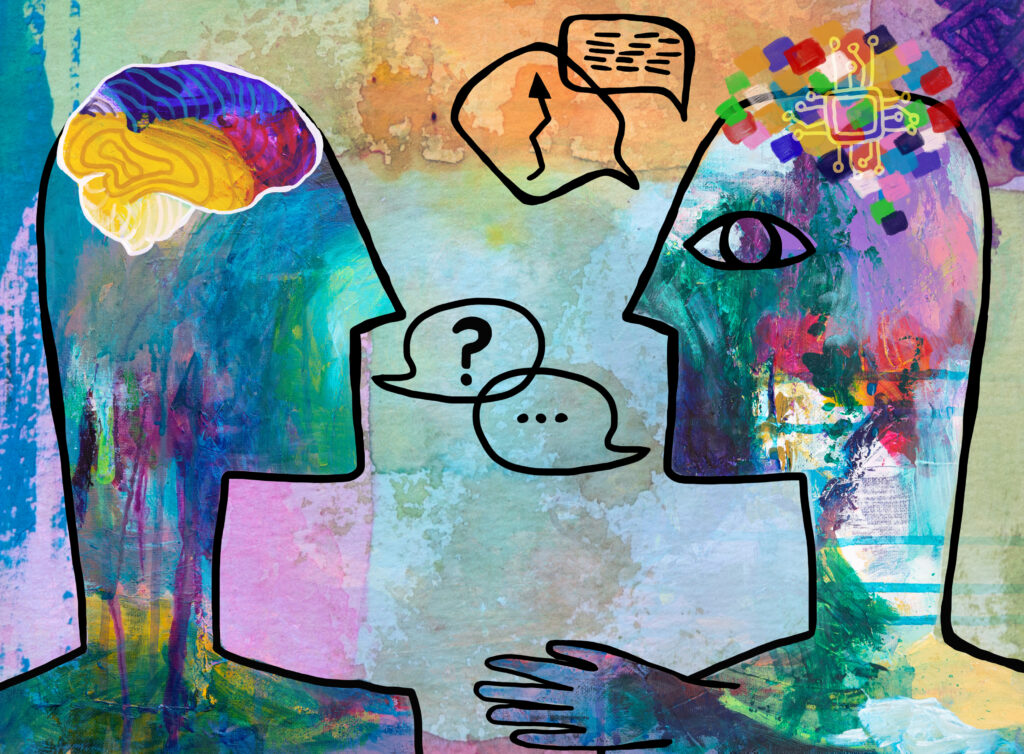Emotional Robots: Ensuring Human Safety through Regulation

Emotional Robots: Ensuring Human Safety Through Regulation
In science fiction, robots with emotions have long captured our imaginations. From friendly companions to sophisticated assistants, these machines promise to transform our lives. However, as technology advances and the line between fiction and reality blurs, we must carefully consider the implications of creating robots capable of simulating human emotions.
The Rise of Emotional Robots
Robots like SoftBank’s Pepper and Hanson Robotics’ Sophia are not just marvels of engineering; they are designed to interact with humans on an emotional level. These robots can recognize and respond to human emotions, creating the illusion of empathy and understanding. While this can enhance user experience in the caregiving and customer service sectors, it also introduces significant ethical, psychological, and safety concerns.
Ethical Concerns: Where Do We Draw the Line?
One of the most profound ethical issues is the potential for emotional robots to be granted personhood rights. If robots can convincingly simulate emotions, society may start to see them as more than mere tools. This raises complex questions about their legal and moral status. Should a robot displaying signs of distress be treated differently than a non-emotional machine? These debates could fundamentally alter our legal and ethical landscape.
Moreover, creating robots capable of experiencing pain or suffering, even if simulated, challenges our moral boundaries. If we grant these machines the ability to suffer, we must also consider the implications of their exploitation for human purposes. This ethical quandary forces us to rethink the limits of technology and its role in society.
Technological Limitations: The Illusion of Emotion
Despite the impressive capabilities of current AI, robots can only simulate emotions based on predefined responses. These programmed reactions lack the depth and authenticity of genuine human emotions. For instance, a robot’s comforting response to a user’s distress may seem empathetic but lacks the genuine concern a human caregiver would provide. This discrepancy can lead to misunderstandings and misapplications of emotional AI.
Accurately replicating the full spectrum of human emotions is technically challenging and impractical. Human emotions are shaped by many factors, including context and past experiences. A one-size-fits-all approach to emotional AI is unlikely to succeed, especially in diverse cultural and social contexts. This limitation could result in inappropriate or ineffective interactions.
Safety Risks: Manipulation and Unpredictability
The potential for emotional robots to manipulate human emotions is a significant safety concern. Robots that detect and simulate emotional responses could exploit vulnerabilities in marketing and caregiving settings. For example, a robot programmed to make sales might manipulate a customer’s emotions to encourage purchases, raising ethical questions about consumer protection.
In critical roles like emergency response or law enforcement, emotionally responsive robots could prioritize emotional reactions over logical, safe outcomes. This could lead to decisions that endanger human lives. The unpredictability of such emotional responses in high-stakes scenarios underscores the need for careful consideration and regulation.
Psychological Impact: Unhealthy Attachments and Devaluation
Frequent interactions with emotionally responsive robots could lead to unhealthy attachments, especially among vulnerable populations like older people or children. These individuals might form emotional dependencies on robots, potentially leading to social isolation and mental health issues. Over-reliance on robots for emotional support can interfere with human relationships and reduce the motivation to seek genuine social interactions.
Moreover, the normalization of robotic emotional responses could devalue human emotions. As people become accustomed to robotic interactions, they may appreciate less the complexity and significance of genuine human emotional exchanges. This devaluation could impact empathy and emotional intelligence, making it harder for individuals to form meaningful human connections.
The Need for Regulation
Given these profound implications, there is a pressing need for stringent regulations to govern the development and use of emotional robots. Here are some critical regulatory proposals:
- Development and Testing Standards: Ethical review boards should evaluate robots’ emotional capabilities, focusing on potential psychological impacts and ethical considerations. This multidisciplinary approach ensures that diverse perspectives are considered in the evaluation process.
- Use Case Restrictions: Emotional AI should be limited to non-critical, non-decision-making roles within controlled environments. We can better manage potential negative consequences by restricting these robots to specific, non-essential functions.
- Transparency and Disclosure Requirements: Manufacturers must disclose the capabilities and limitations of robots’ emotional responses. Transparency is crucial to help users understand what these robots can and cannot do, preventing unrealistic expectations and misuse.
- Ongoing Monitoring and Evaluation: Independent bodies should continuously monitor the societal impacts of emotional robots and adapt regulatory measures as technology evolves. Regular reviews would help identify potential risks and provide updates on regulatory frameworks.
Conclusion
While the idea of emotionally responsive robots is intriguing, their risks and ethical dilemmas cannot be overlooked. Balancing innovation with protecting human welfare is essential as we move forward in this technological frontier. By implementing robust regulatory measures, we can ensure that the development of emotional robots prioritizes human safety and ethical standards, fostering an environment where technology serves humanity without compromising our fundamental values.
